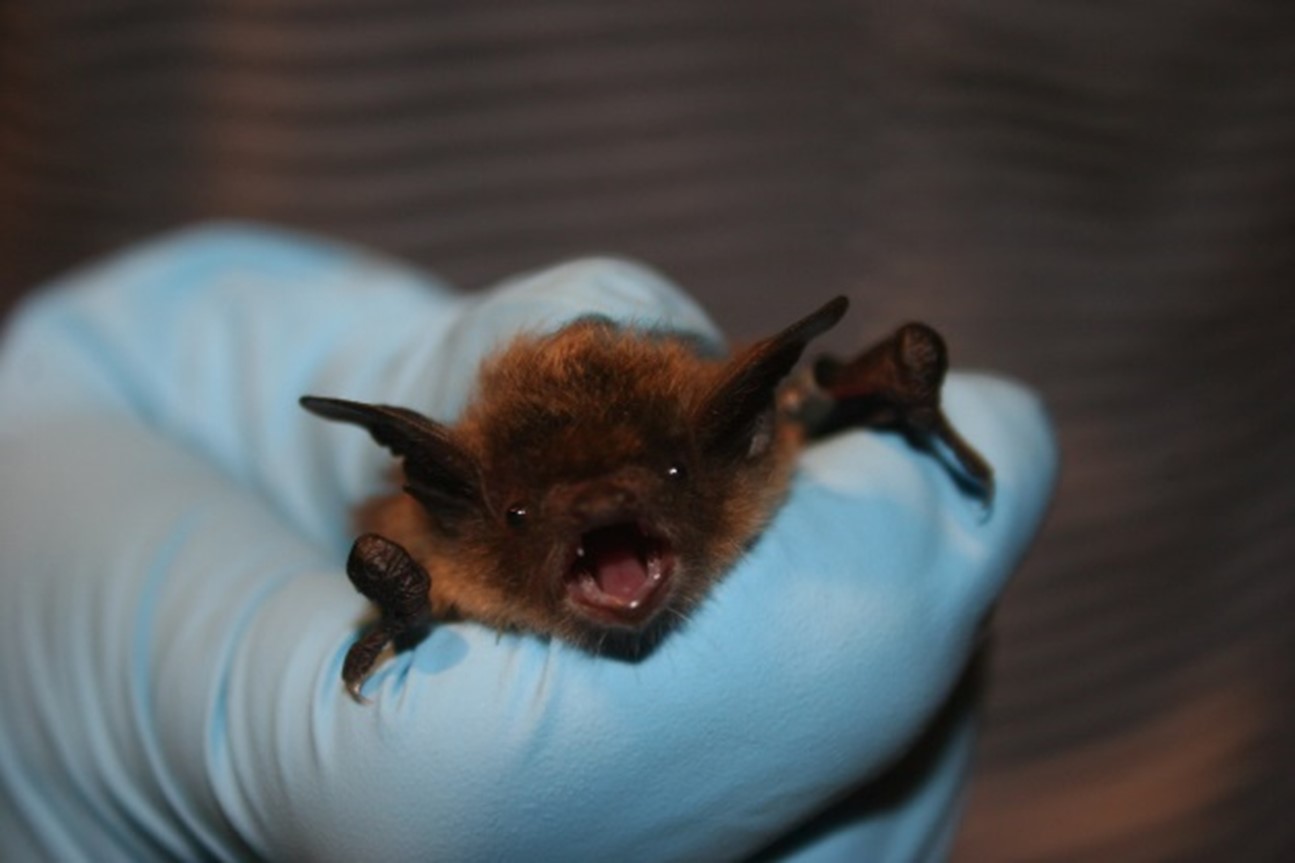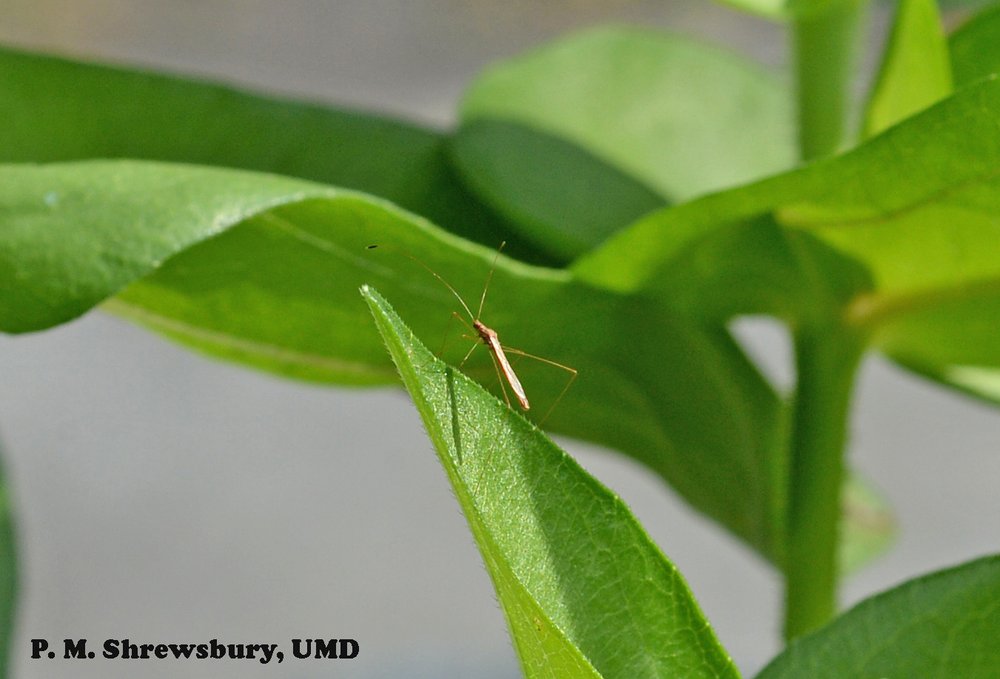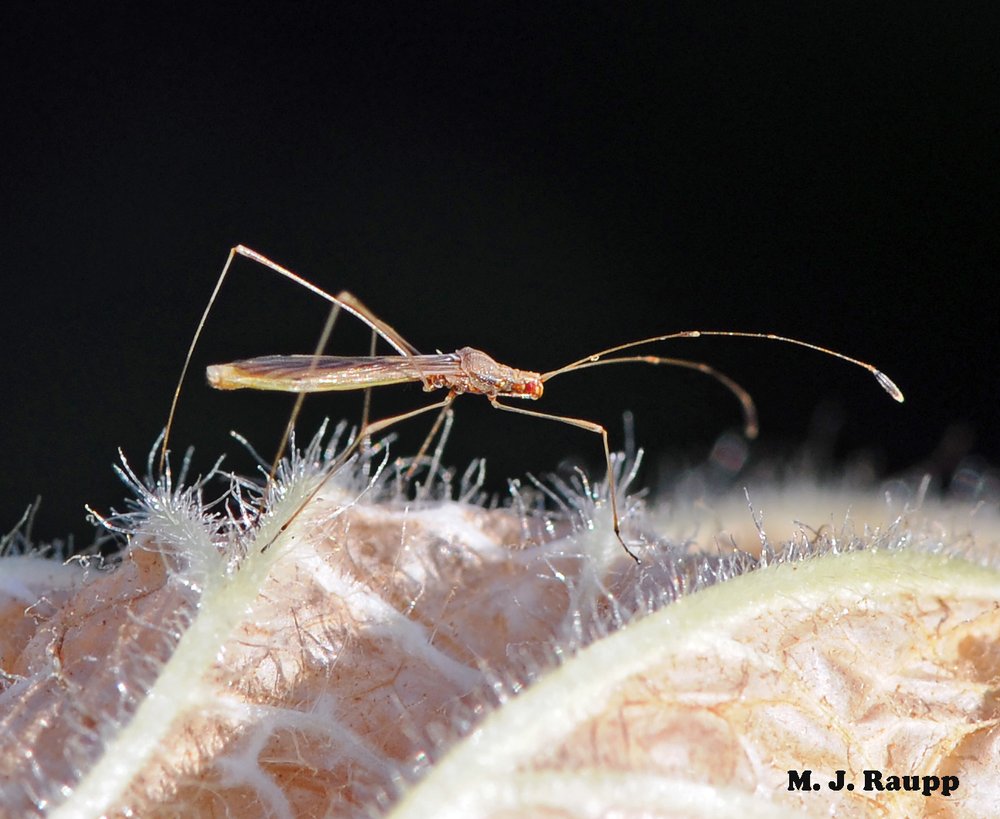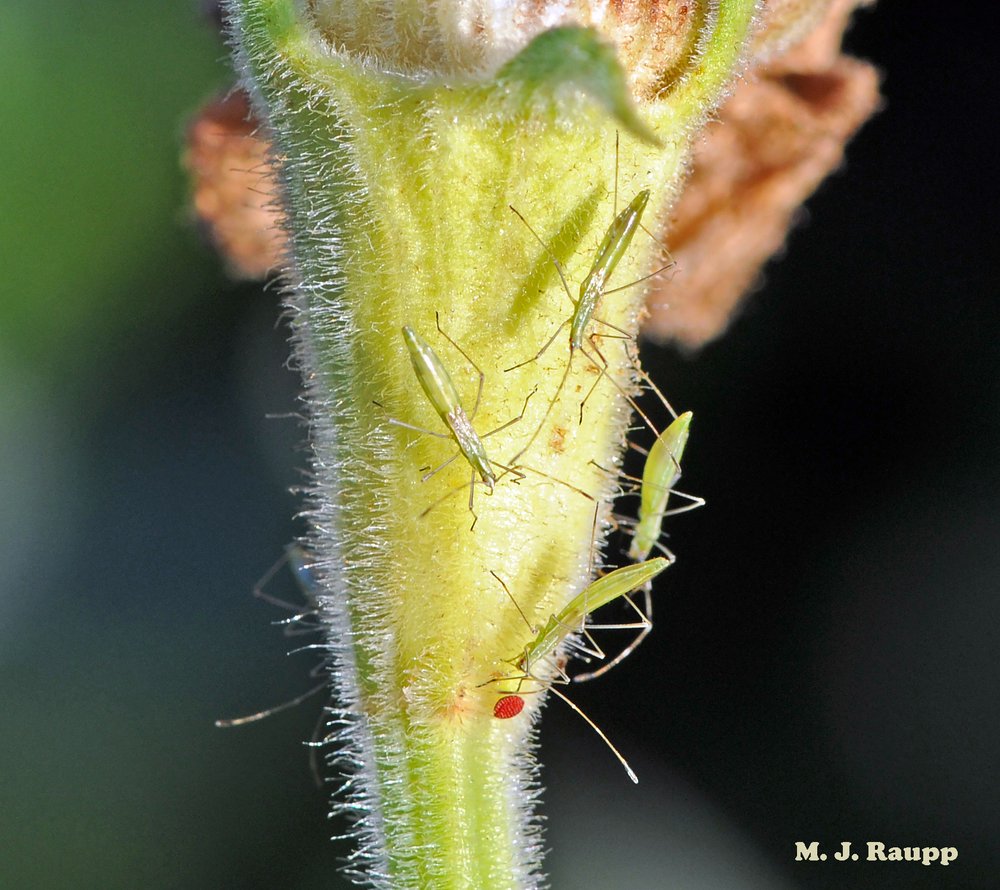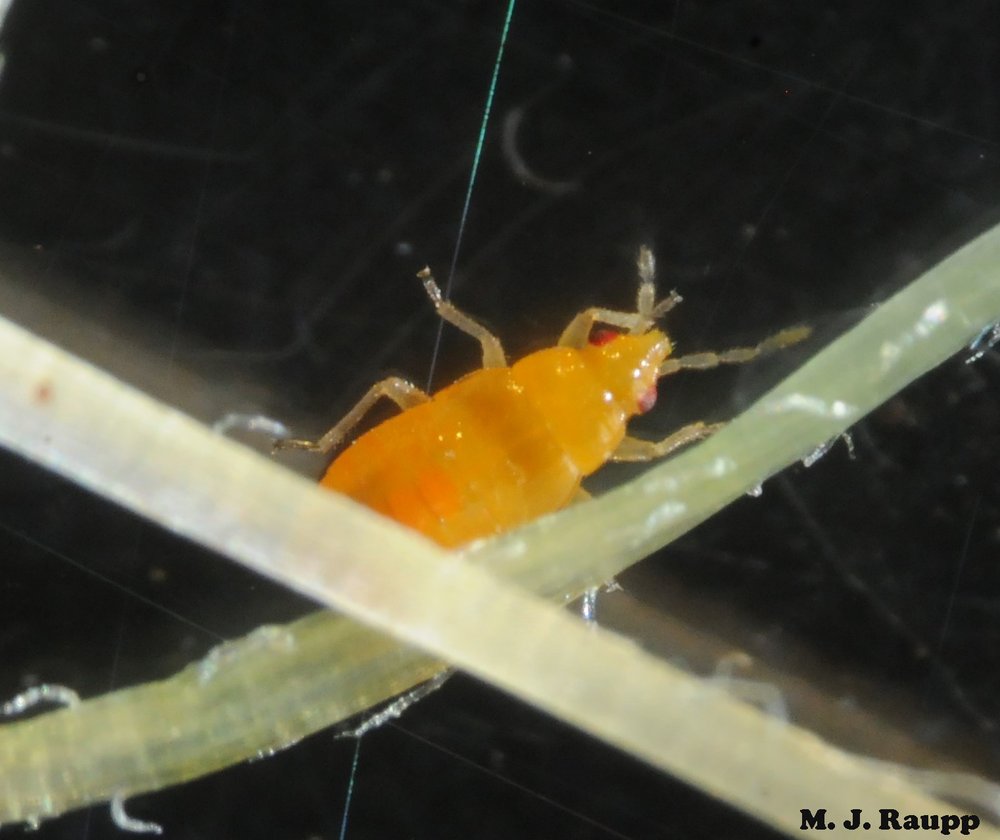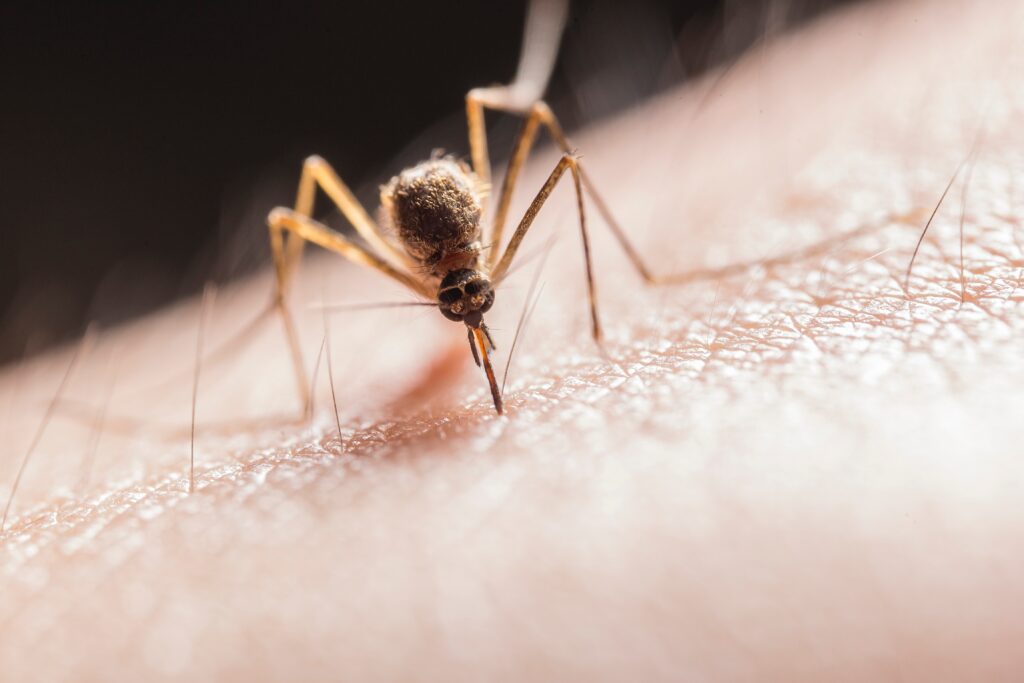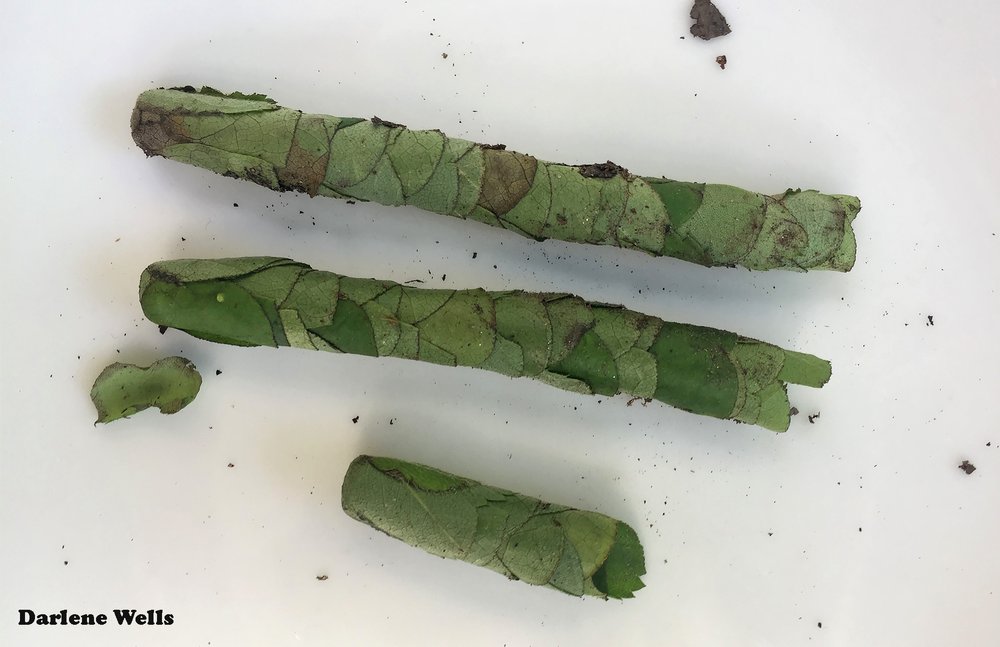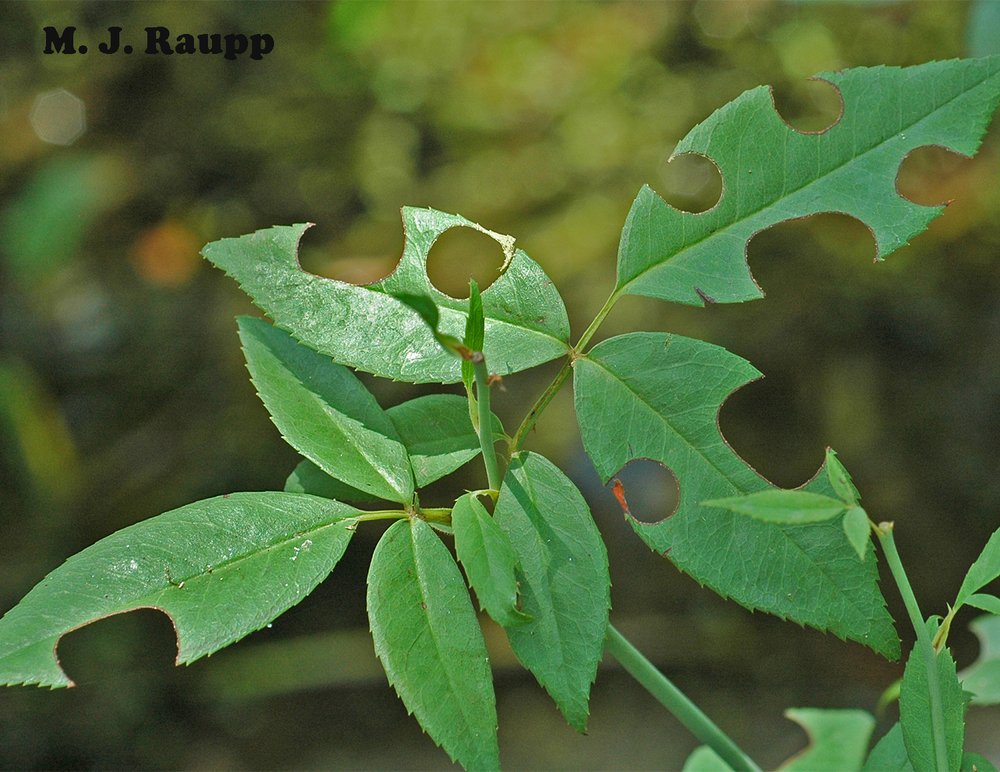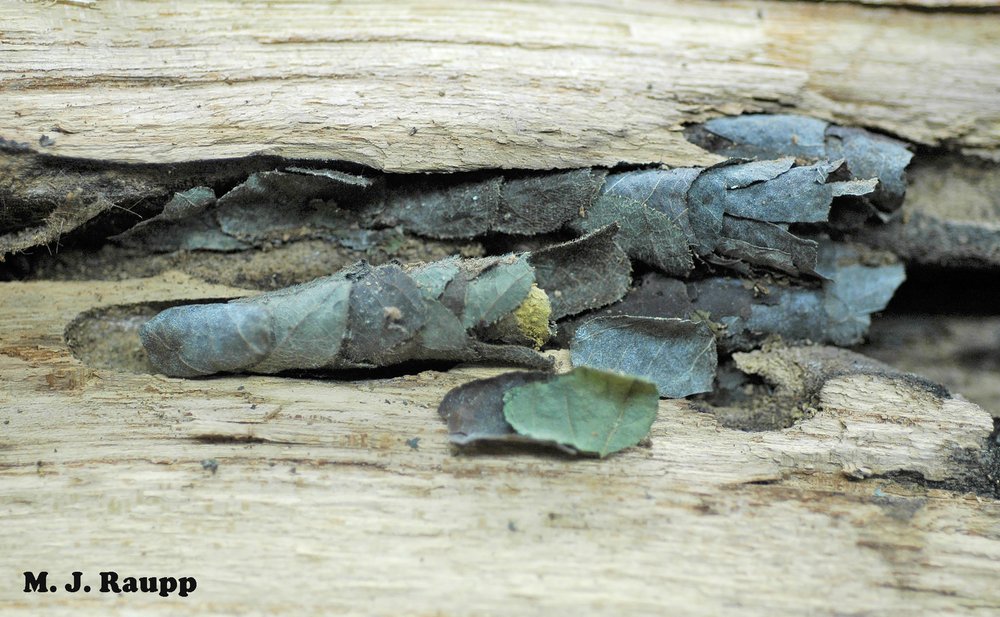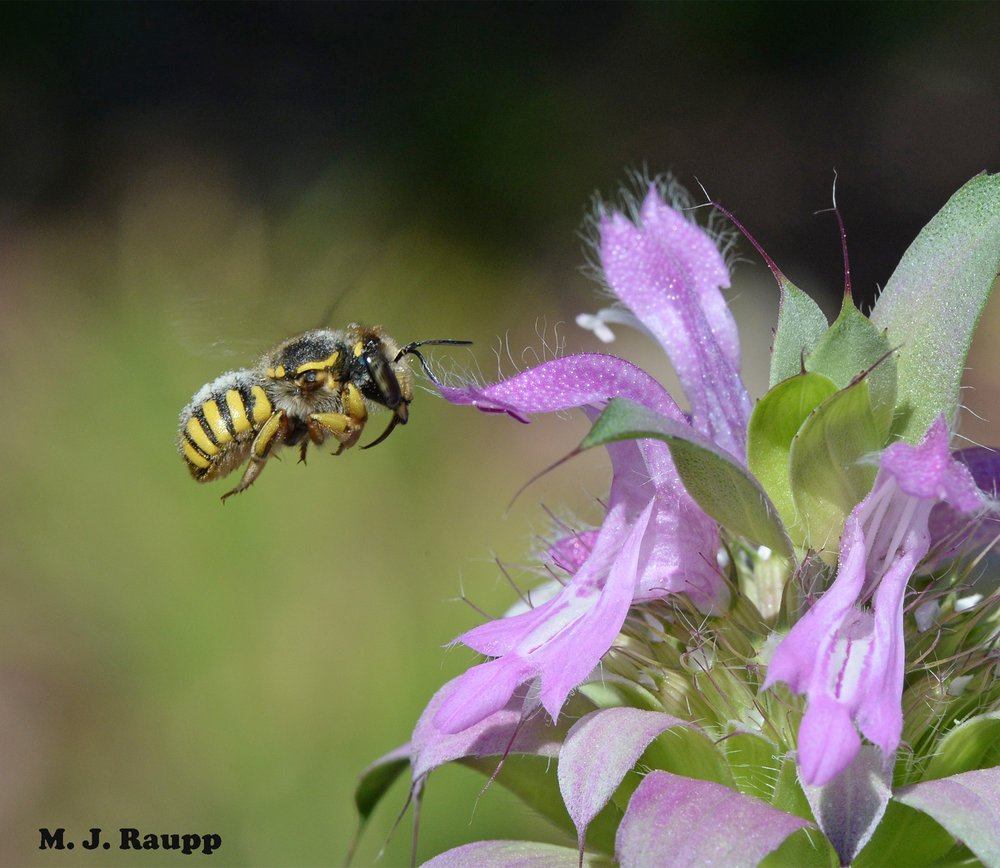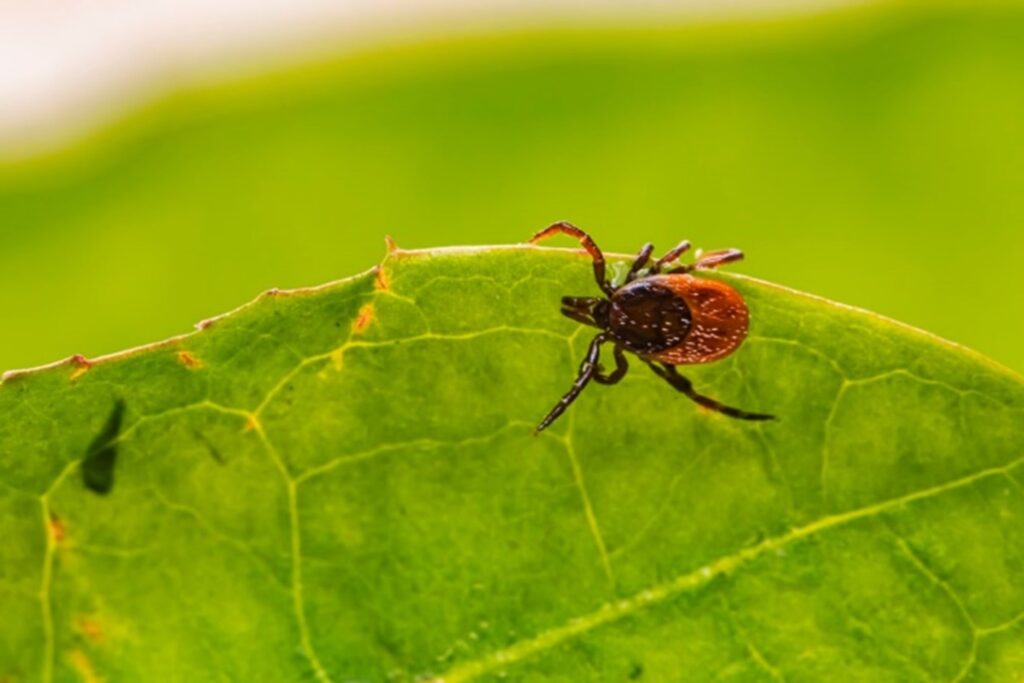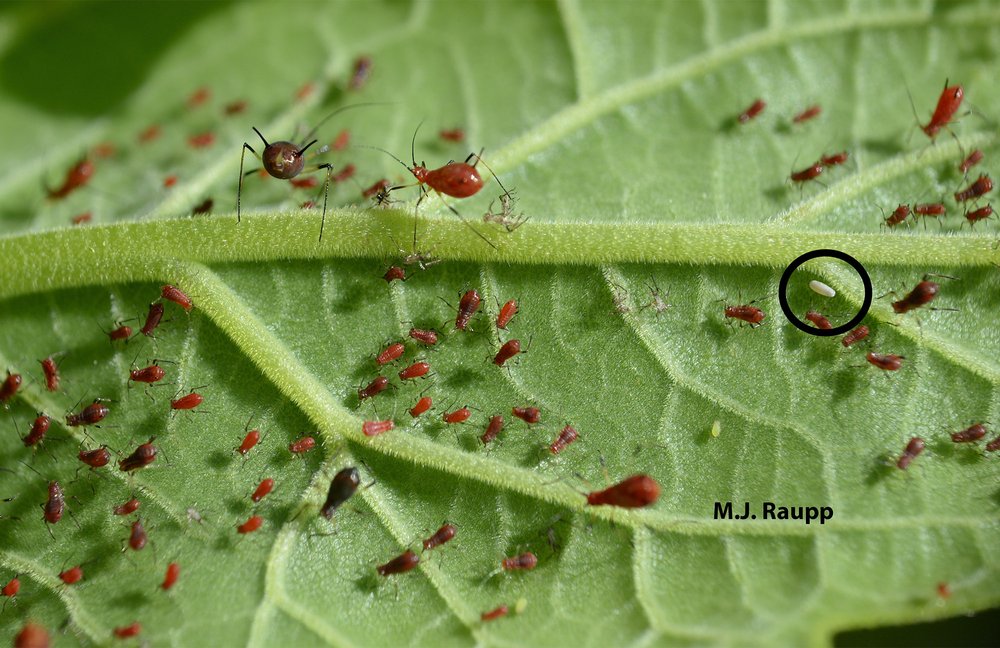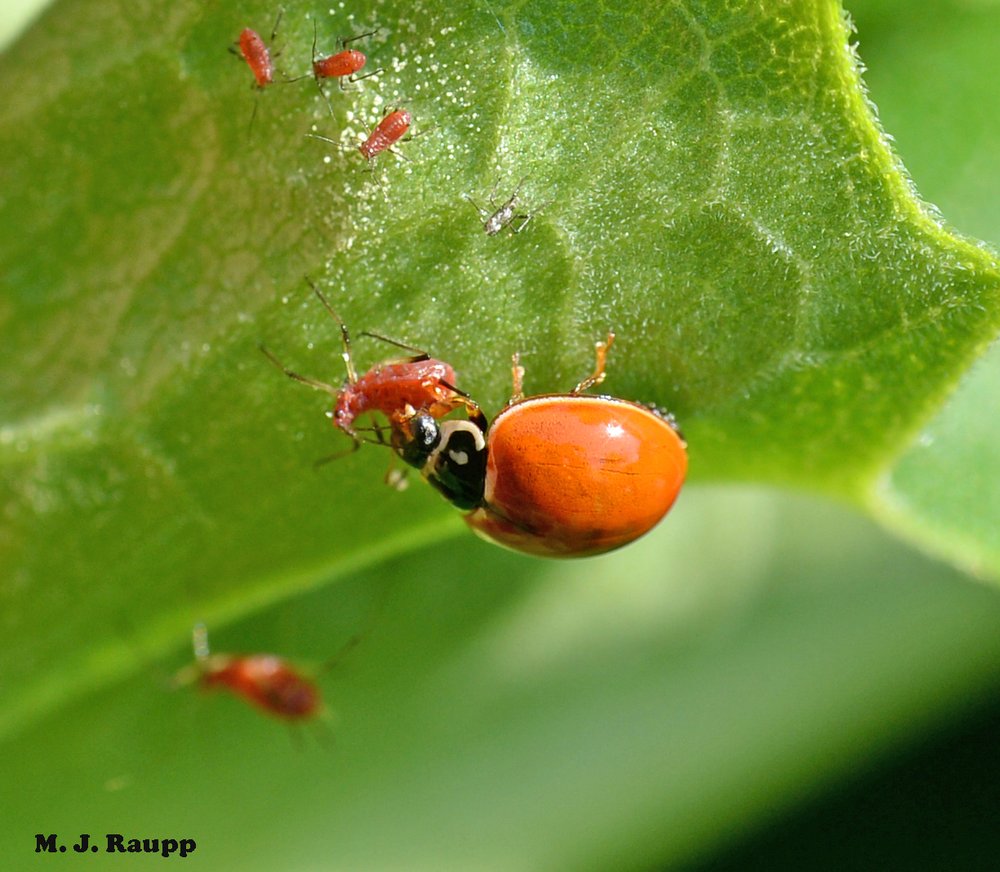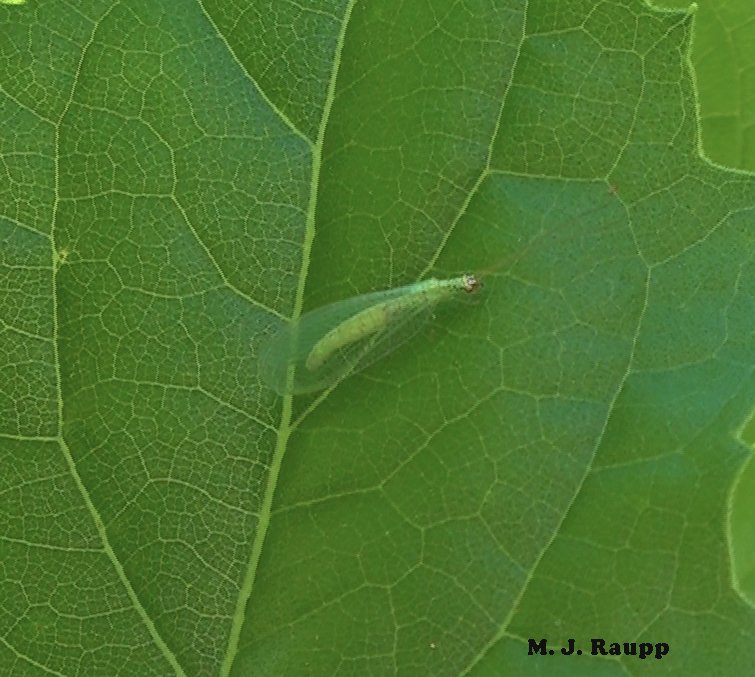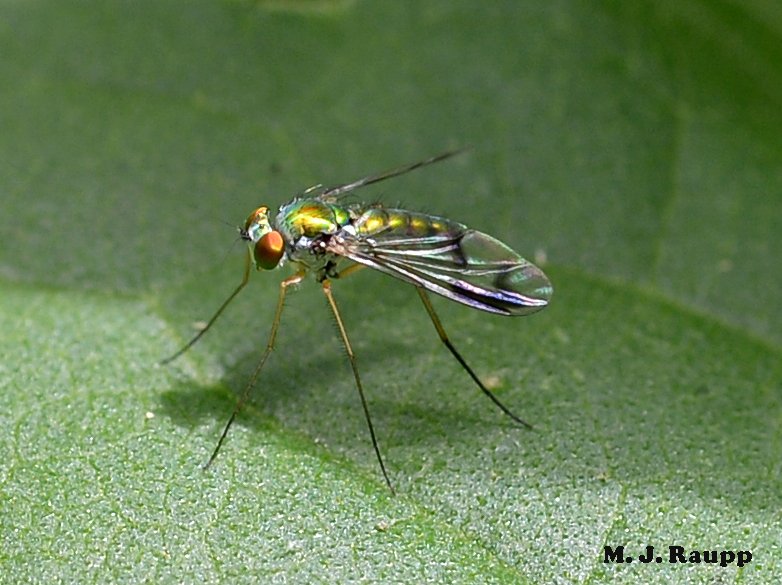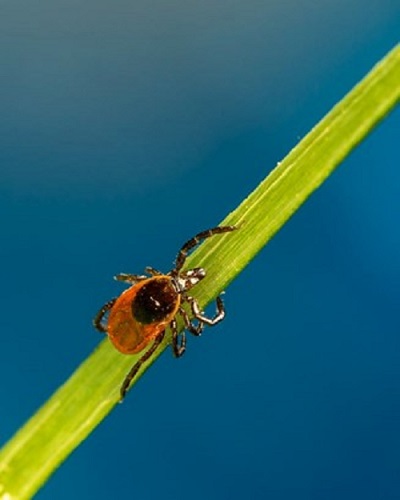Feasting and frolicking spell trouble when Japanese beetles, Popillia japonica, arrive
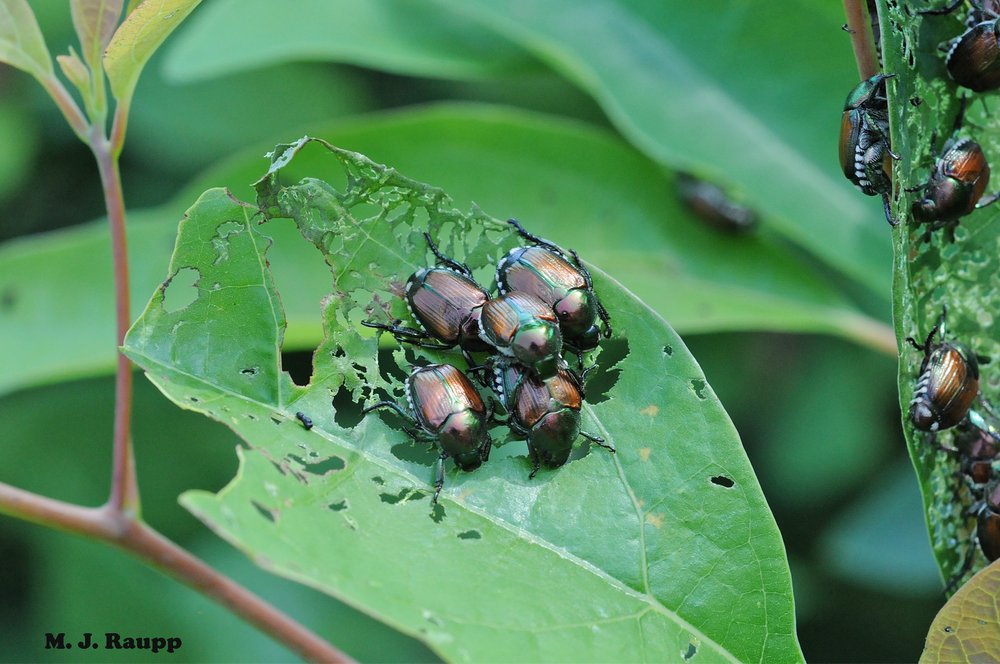
Volatile chemicals released by damaged leaves and sex pheromones released by female Japanese beetles result in a rambunctious feeding frenzy and love fest on infested plants.
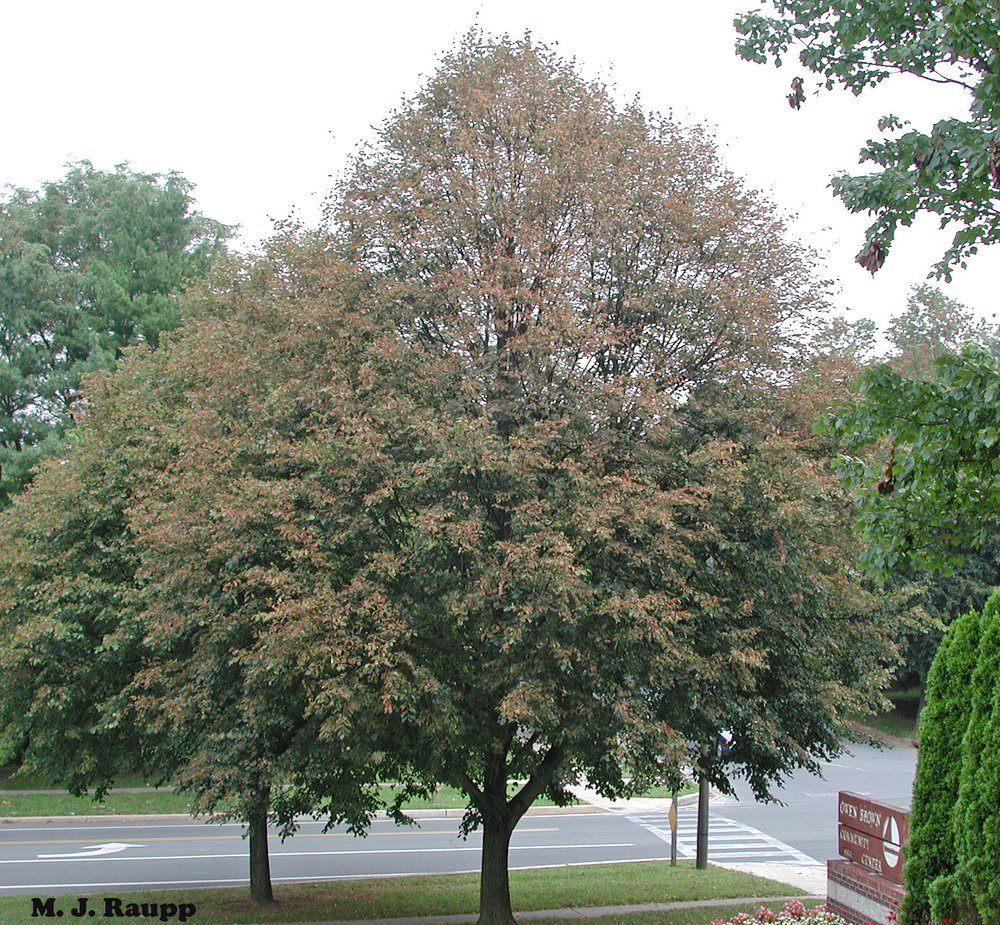
Lindens, a favorite host for Japanese beetles, can be severely damaged when beetles are numerous.
While enjoying the flower garden last week, my reverie was disturbed by the appearance of some very raggedy leaves on the zinnias. A closer inspection quickly revealed the culprit behind this assault, dastardly Japanese beetles. Historically, late June and early July are the months of misery when Japanese beetles abound, and these mischief makers have arrived right on schedule. The first detection of Japanese beetle in the United States occurred in 1916 in a plant nursery in New Jersey. They likely arrived with plant material imported from Asia, as grubs in the soil or as adult stowaways in the foliage of plants. Japanese beetles are extreme foodies with more than 400 kinds of trees, shrubs, vines, and herbaceous plants on the menu. Among their favorites are sassafras, lindens, maples, apples, cherries, grapes, roses, and apparently, my zinnias. In a series of studies, entomologist Dan Potter and his colleagues in Kentucky found that roses with large, light colored blossoms, particularly yellow or white, were more attractive to Japanese beetles than varieties with smaller, darker blossoms of red or orange. In the tree realm, researchers noted that lindens with densely hairy leaves were less preferred than scantily haired varieties. Maples with purple or deep red leaves were preferred over those with green leaves.
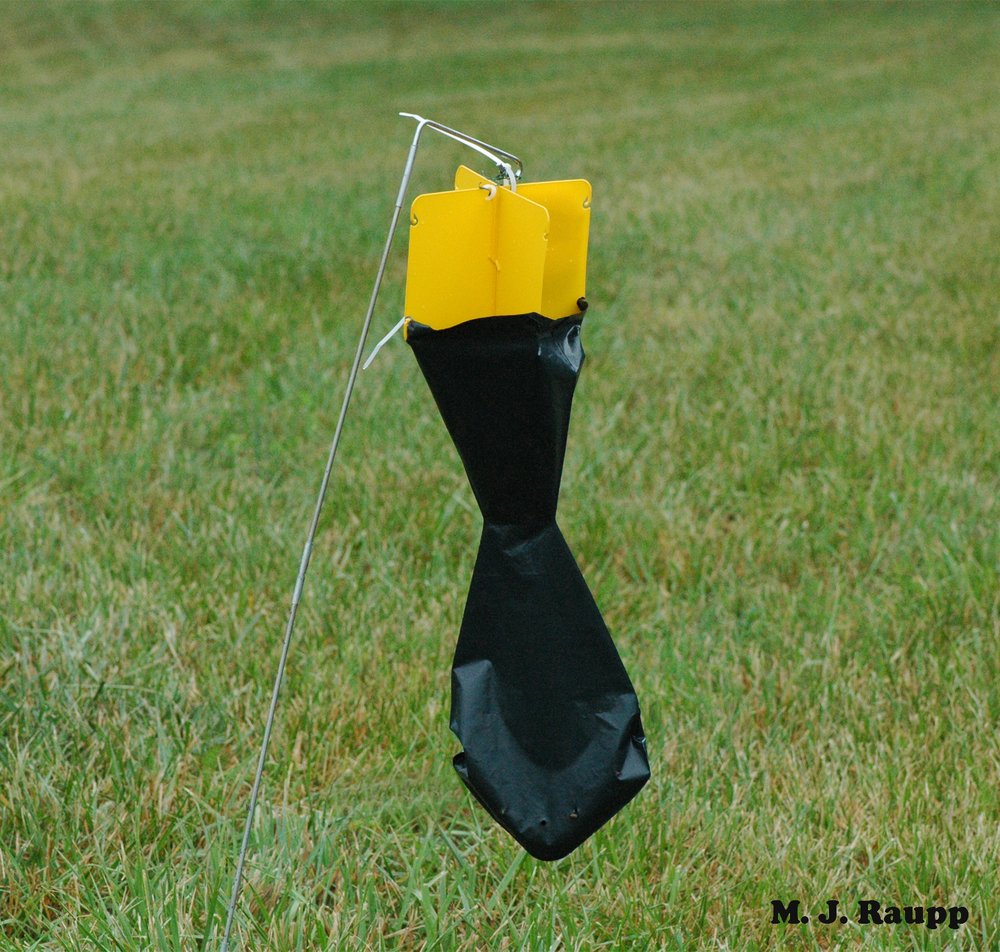
Traps collect large numbers of Japanese beetle but plants near traps may be damaged when beetles assemble nearby. Place traps away from plants you want to protect.
You may have noticed that Japanese beetles often attack one plant severely, leaving a lucky neighbor relatively unscathed. When these invaders initiate an attack, specific odors are released by the damaged plant. These send a signal to other beetles, something like “good food, eat here.” This foliar attractant is compounded when female beetles release a chemical message called a sex pheromone. The sex pheromone says to the guy beetles, “how’d you like to spend a little time with me?” Not surprisingly, a rambunctious love fest and feeding frenzy erupt, and in the process, your plant takes a beating. Clever chemists have been able to synthesize both a floral attractant released by plants and the Japanese beetle sex pheromone and place them in a lure. Attach the lure to a few plastic fins for beetles to bump into, and a funnel to direct them into a plastic bag and, voilà, you have a Japanese beetle trap.
Japanese beetle traps capture beetles by the thousands, but traps may not be all that effective in protecting your plants. Plants near the traps may actually sustain more damage as beetles lured to the vicinity mill around awaiting their turn to hit the fins and be captured. It is best to place these traps far away from valued plants you want to protect. Japanese beetles lay their eggs in soil, so if adult beetles are a chronic problem in your garden or landscape, the best way to get relief may be to reduce the numbers breeding in your lawn, especially if you have irrigated turf. One promising “organic” approach is to apply insect pathogenic nematodes, tiny roundworms that attack and kill beetle grubs. Nematodes enter the grub and release a lethal bacterium. There are many different species and strains of nematodes. Dave Shetlar of the Ohio State University suggests that products containing strains of Steinernema carpocapsae nematodes are a bit less effective against beetle grubs than species in the clan named Heterorhabditis. If you go the nematode route, you must wait to make an application until late July or August when grubs are in the soil. A second formulated microbial insecticide that shows promise is Bacillus thuringiensis galleriae, which has been demonstrated to reduce feeding by adult beetles when applied to foliage.
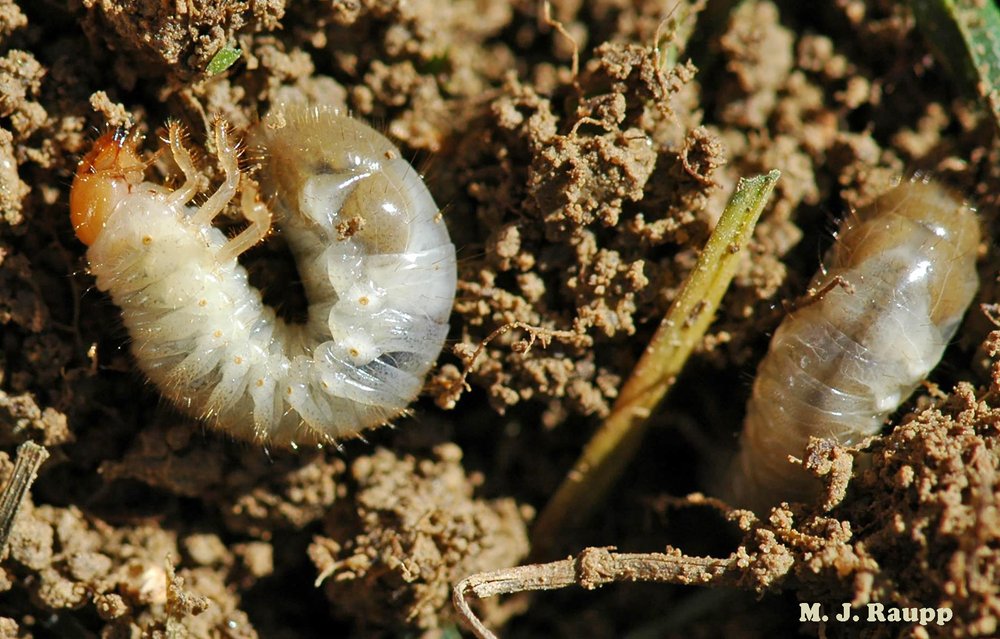
Larvae of many species of scarabs, including Japanese beetles, are called white grubs. They damage roots of plants.
There are several potent soil insecticides that can be applied in late July through August that are very effective in killing tiny grubs as they hatch from eggs and feed near the soil surface. If you opt for the synthetic chemical route, choose wisely. We now know that at least one class of insecticides called neonicotinoids applied to turf grass can be taken up by clover growing in turf. Bumble bees foraging in this clover may be harmed. However, a newer class of insecticides called the anthranilic diamides present far fewer risks to our hard-working pollinators. When using any insecticide, always read the label and follow the directions carefully and pay particular attention to warnings pertaining to beneficial insects like bees.

Mammals including skunks and raccoons damage lawns as they hunt for white grubs of Japanese beetles and other scarabs in soil.
Many insecticides are available to control adult Japanese beetles on plants, but multiple applications may be necessary if you cannot tolerate damage by these critters. As with turf applications, be cognizant of beneficial insects foraging on plants. Read and follow label precautions. Another nifty way to help reduce damage is to simply knock the beetles from your plants into a bucket of soapy water. If you do this early in the season of evil when beetles first arrive, you may reduce the chemical cues that incite a feeding frenzy. Beetle removal may be most successful in early morning or late evening when beetles are less active. There is a strange kind of justice in drowning this pest in soapy water or capturing them in traps. Save the bodies of the little rascals captured in your bucket or trap. The earthly remains of so many beetles make a wonderful addition to a compost pile that can later be used to nourish your garden.
The 4th of July heralds the arrival of Japanese beetles and flowering plants are now under attack. Volatiles from leaves shredded by beetles and sex pheromones released by females bring more beetles and damage to infested plants. Knocking beetles into a jar of soapy water when just a few are on a plant may derail the feasting and love fest. Japanese beetles are poor swimmers and after they expire, I add their tiny bodies to my compost. From soil they came, to soil they return.
Acknowledgements
Excellent references including “Assessing Insecticide Hazard to Bumble Bees Foraging on Flowering Weeds in Treated Lawns” by Jonathan L. Larson, Carl T. Redmond, and Daniel A. Potter and “Strengths and limitations of Bacillus thuringiensis galleriae for managing Japanese beetle (Popillia japonica) adults and grubs with caveats for cross-order activity to monarch butterfly (Danaus plexippus) larvae” by Carl T. Redmond, Lindsey Wallis, Matthew Geis, R. Chris Williamson, and Daniel A. Potter were used to prepare this episode. Our thanks to Dr. Shrewsbury for assistance in sending beetles to a better place.
This post appeared first on Bug of the Week
